An exhibition on listening. What the Italian Pavilion at the 2024 Biennale will look like.
Presented this morning the Italian Pavilion at the Venice Biennale 2024: the exhibition by Massimo Bartolini, the only artist representing our country, curated by Luca Cerizza, is titled Due qui / To Hear and aims to explore the theme of the international exhibition, Stranieri Ovunque / Foreigners Everywhere through a sound and environmental installation curated by the artist. The work, conceived in relation to the exhibition context, offers viewers an immersive journey through all the spaces of the Italian Pavilion, including the gardens, combining elements of empty and full, movement and stillness, with the intention of leading to unexpected encounters with works and installations of a sound and performance nature. The project aims to investigate the notion of estrangement not only within interpersonal relationships, but also within the self. Through listening to oneself, one seeks to understand one’s position in the world and the relationships one establishes with others and society. In this way, the idea of not being a stranger must begin with not being a stranger to oneself, highlighting the importance of an inner awareness for a deeper understanding of one’s identity and role in the social context.
The Directorate General for Contemporary Creativity of the Ministry of Culture contributed €800,000 to the realization of the Italian Pavilion, formalized through an agreement with Fondazione La Biennale di Venezia. The Italian Pavilion could be realized thanks to the contribution of TOD’S, which acted as Partner, and Banca Ifis, which supported the project as Sponsor. The contribution of these two companies totaled more than 400,000 euros. There were also several donors whose support was crucial to the realization of the project. These include the Fondazione Sandretto Re Rebaudengo, Palazzo Bentivoglio in Bologna, ACACIA - Associazione Amici Arte Contemporanea Italiana, the Mauro De Iorio Collection, Nicoletta Fiorucci, Silvia Fiorucci, and Hofima. Added to this list are Corrado Beldì, Frescobaldi, which was the official supplier of the Italian Pavilion during the opening ceremony, the IUAV University of Venice, the Ugo and Olga Levi Foundation for music consulting and their support in hospitality, and NABA - New Academy of Fine Arts in Milan. A pavilion therefore much less expensive than Gian Maria Tosatti’s Storia della notte e destino delle comete (History of the Night and Fate of Comets ), the Italian Pavilion exhibition at the 2022 Biennale, which cost more than 2 million euros, including 600,000 funded by the MiC’s General Directorate for Contemporary Creativity and 1,450,000 from sponsors.
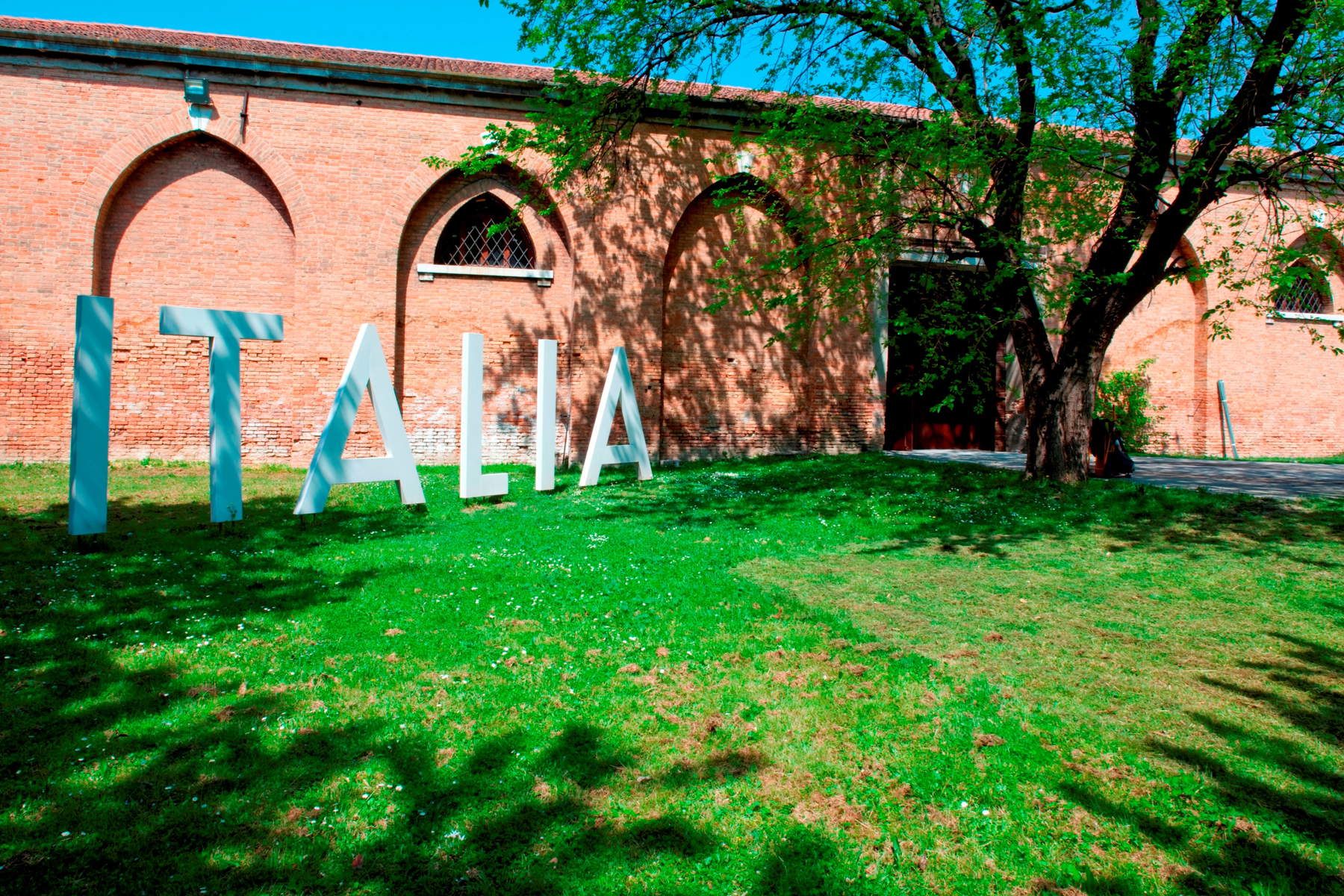
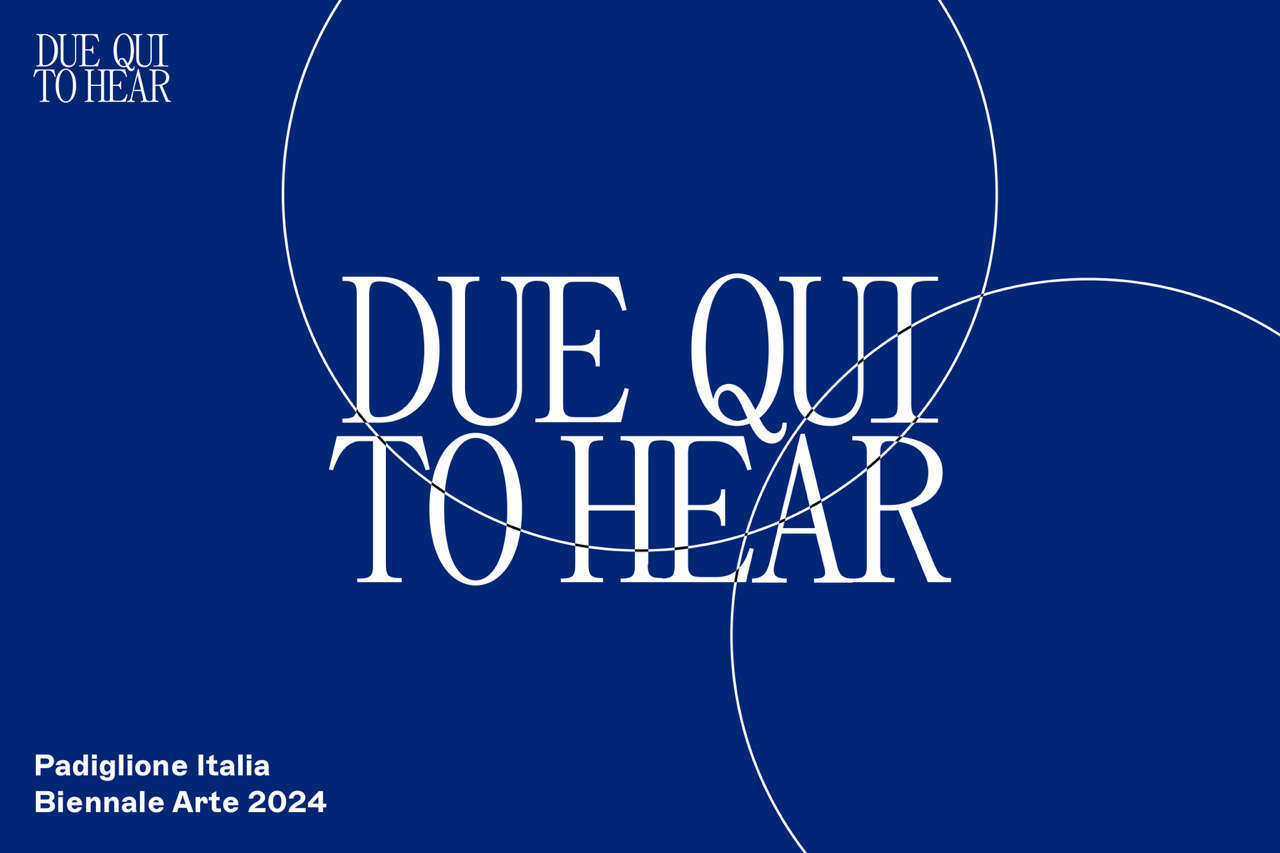
What the exhibition will look like
The title of the Two Here / To Hear project suggests the act of listening as a form of action toward others. Encounter, listening, relationship, and sound are fundamental elements in Bartolini’s more than 30-year artistic practice, and in this project the acoustic paradigm takes on both a physical and a metaphorical dimension, inviting awareness and openness toward others. In the proposed journey, two symbolic figures ideally introduce the spaces and the project: the trees in the Virgin Garden and a Thoughtful Bodhisattva. These representations of nature and spirituality seem to embody moments of stillness, but they actually express a deeper form of relationship with the world. The tree, with its roots connected to the earth, and the Bodhisattva, seated in contemplation, represent subtler and deeper modes of relationship with the surrounding universe. Around these figures and with them unfold the works that make up the project, the centerpiece of which is a large sound installation accessible to the public. The Thoughtful Bodhisattva, a typical figure in Buddhism, represents one who, having attained enlightenment, voluntarily renounces to show the way to other human beings. As the artist himself explains, “The Bodhisattva is a figure that has always fascinated me, because he is an individual who does not act, but reflects. His invitation to do nothing challenges the concept of history from the ground up. The installation, on the other hand, does not produce architecture, but sound: it is a structure that does not occupy space, but lets everyone pass and passes through everyone, generating temporary communities united precisely by listening to the same source.”
Bartolini understands the reference to the Bodhisattva as a form of dissent from a culture of acting understood as a single perspective. His artistic practice embraces a multiplicity of suggestions, references and languages, combining sensitivity to music, theater and performance with the ability to develop a unique relationship with spaces and their architecture. In the Tese delle Vergini, Bartolini has chosen to show a radical respect for the environments, displaying them in their seductive historical layering, without sophistication, ready to welcome the presences that will resonate within them.
The project for the Italian Pavilion represents the most complex and ambitious result of this collaborative practice, defined by Bartolini as an artistic “jam session.” Through a long process of dialogue and exchange, curator and artist define a network of relationships and collaborations involving other artists from different disciplines and geographical backgrounds. Composers Caterina Barbieri and Kali Malone, along with Gavin Bryars and his son Yuri Bryars, will contribute to Bartolini’s sound works, while Nicoletta Costa and Tiziano Scarpa will conceive new texts performed within the Garden space.
Alongside the exhibition, the Public Program of meetings curated by Luca Cerizza and Gaia Martino, inspired by John Cage’s phrase “Music is everywhere, if we only had ears,” will offer a variety of events including lectures, interviews, musical performances, readings, conversations and workshop moments. Organized in the Virgin Garden spaces around four main themes-Nature/Landscape, Machine, Politics of Listening, Spirituality-the meetings will give voice to different human, social, spiritual and ecological perspectives. Participants will include Elena Biserna, Nicoletta Costa, Attila Faravelli, Valentina Megaletti, Maurizio Maggiani, Enrico Malatesta, Nicola Ratti, George David Haskell, Brandon LaBelle, Diana Lola Posani and Tiziano Scarpa.
During the month of May, a special event will be held in Villa Fürstenberg Parkin Mestre: a new sound performance specially conceived by Massimo Bartolini entitled Ballad for Ten Trees, featuring ten saxophonists. The Two Here/To Hear project will be accompanied by two publications. The exhibition guide, published by Electa, will offer a broad overview of the exhibition project, enriched with texts by Massimo Bartolini, Elena Biserna, Luca Cerizza, and David Toop, as well as biographical and textual materials by project collaborators such as Nicoletta Costa and Tiziano Scarpa, as well as drawings executed by the artist himself to illustrate the project.
A second in-depth publication, edited by Luca Cerizza and published by Timeo, will be available in the fall. This publication, not being a traditional catalog, will rather serve as an ideal continuation of the Public Program, exploring the themes that guide the artistic and curatorial project of the Italian Pavilion. Using the anthology format, it will include a wide selection of texts by philosophers, essayists, artists, musicologists, musicians, and poets such as Elena Biserna, Chandra Livia Candiani, Maurizio Maggiani, George David Haskell, Brandon LaBelle, and David Toop, many of whom will also be featured in Public Program meetings. The publication will also contain detailed photographic documentation of the Pavilion and a selection of Massimo Bartolini’s works spanning more than 30 years of artistic production.
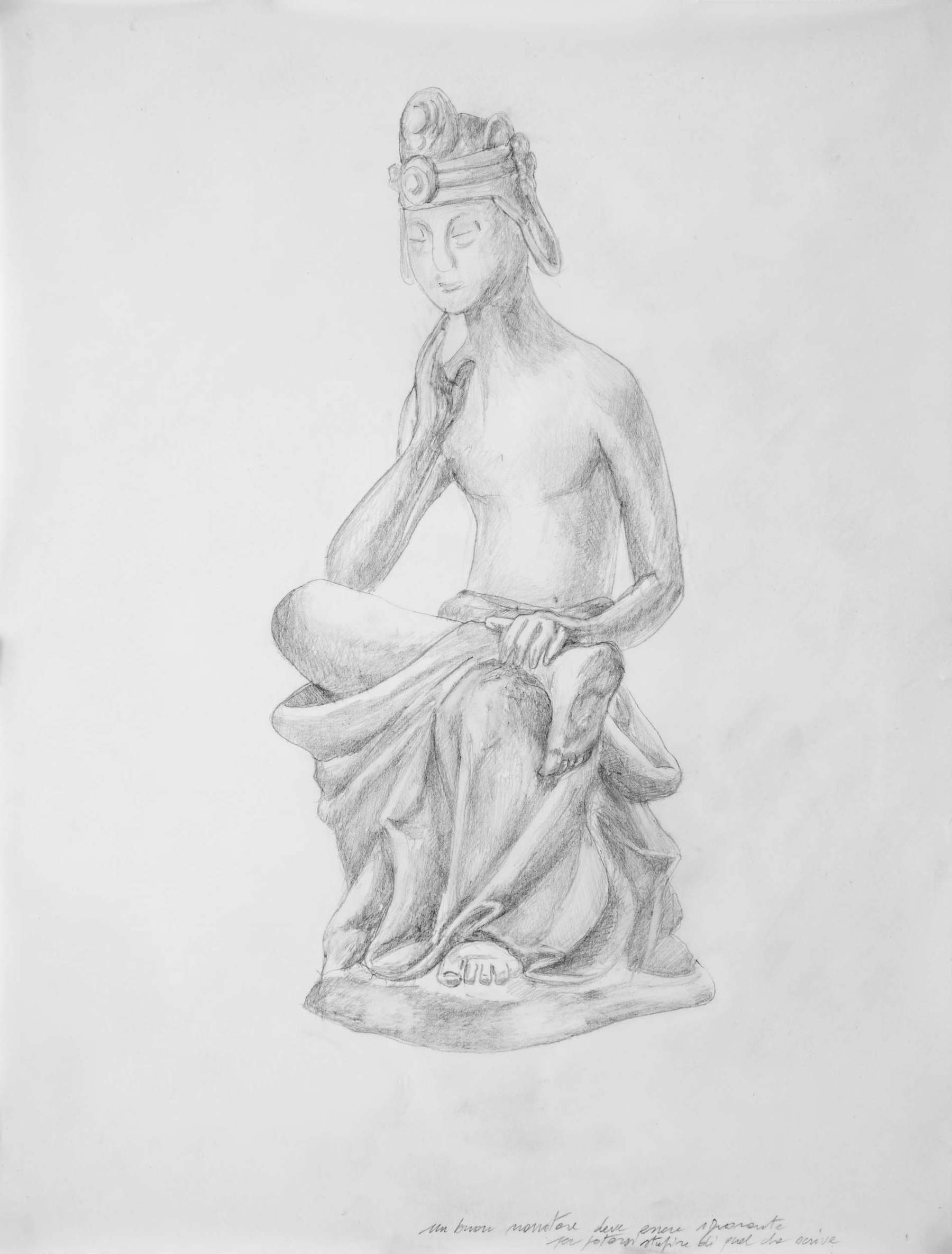
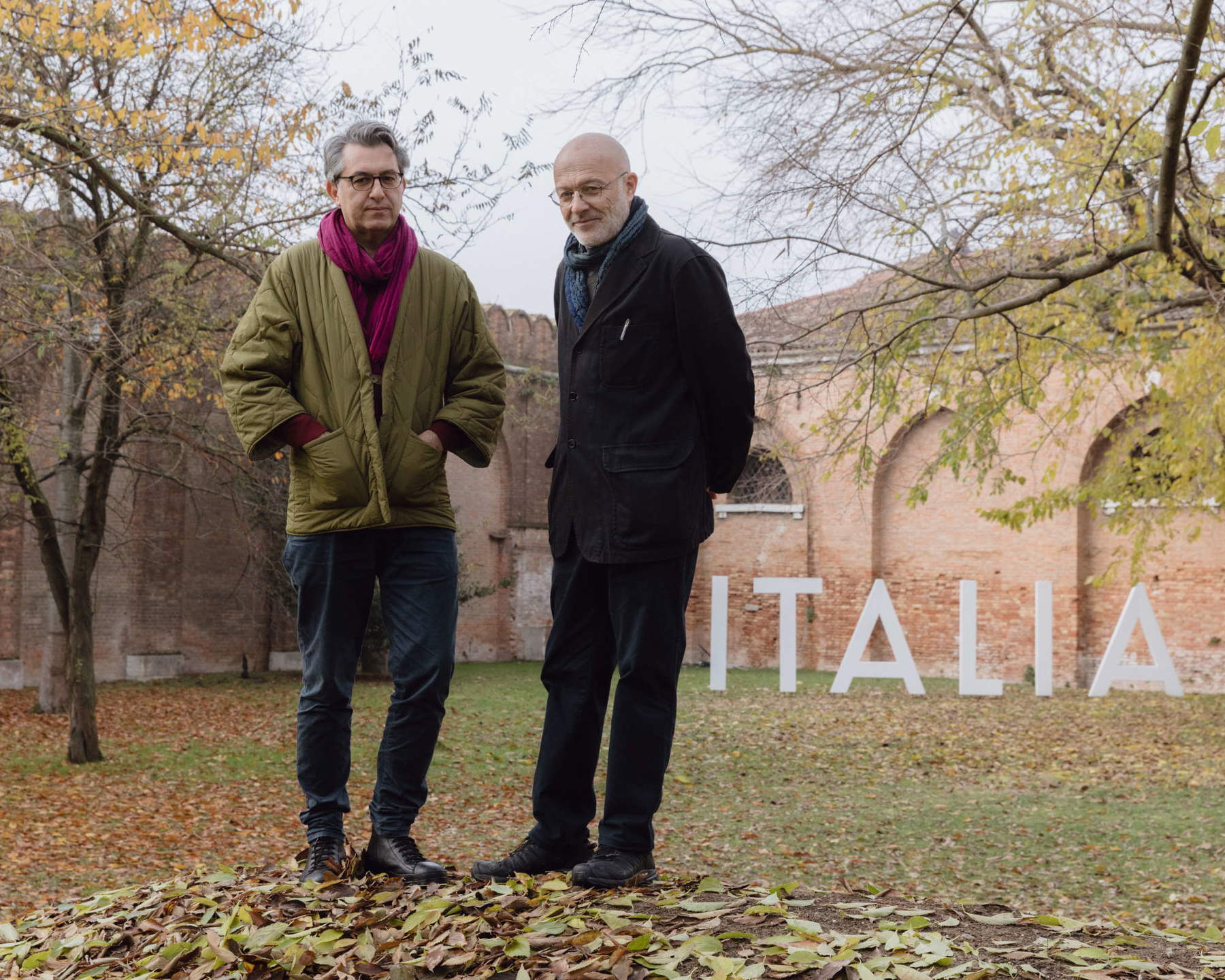
Artist and curator
Massimo Bartolini (Cecina, 1962) lives and works in Cecina. He embarked on his artistic career after studying as a surveyor in Livorno and graduating from the Academy of Fine Arts in Florence in 1989. In addition to his artistic activity, he also teaches visual arts at the NABA Nuova Accademia di Belle Arti in Milan and the Accademia di Belle Arti in Bologna. Since 1993 he has exhibited his works in numerous exhibitions both in Italy and abroad, thus consolidating his fame both nationally and internationally.
His production is characterized by a great variety and transversality of languages and materials adopted. They range from performance works involving temporary actors or the public, to drawings executed with slowness and patience; from large public installations made with the collaboration of other people and acquaintances, to small works-sketches assembled in the studio; from complex sound sculptures to photographs and videos. Bartolini proves himself open to a wide range of artistic media, reinventing them in unconventional ways.
His artistic journey is characterized by constant research and experimentation with artistic language, always looking for the most suitable material to express a concept or narrative. For Bartolini, making and enjoying art is a journey of discovery and understanding of oneself, one’s relationship with the world and the possibilities of relating to others. This journey is often constructed through the use, contrast and transformation of different materials in surprising ways, thus creating moments of revelation, wonder and small unexpected epiphanies.
Solo exhibitions include Hagoromo, Centro per l’arte contemporanea Luigi Pecci (Prato, 2022); On Identikit, CSAC - Centro Studi e Archivio della Comunicazione dell’Università di Parma (2020); Manifesta 12 (collateral event) Caudu e Fridu, Palazzo Oneto (Palermo, 2018); Four Organs, Fondazione Merz (Turin, 2017); Studio Matters+1, Fruitmarket Gallery (Edinburgh, 2013) and S.M.A.K. (Ghent, 2013); Serce na Dloni, Centre of Contemporary Art Znaki Czasu (ToruÅ„, 2013); HUM, AuditoriumArte (Rome, 2012) and MARCO - Museo de arte contemporáneo (Vigo, 2012); Museu Serralves - Museu de Arte Contemporânea (Porto, 2007); Ikon Gallery (Birmingham, 2007); GAM - Galleria d’Modern Art (Turin, 2005); Museum Abteiberg (Mönchengladbach, 2002); PS1 (New York, 2001); Henry Moore Foundation (Leeds, 1996); Landscapes, Galleria Massimo De Carlo (Milan, 2016); Afterheart, Frith Street Gallery (London, 2012); Three Quarter-Tone Pieces, Magazzino (Rome, 2010).
Group shows include: Venice Biennale (1999, 2001 collateral event, 2009, 2013); Biennal de València (2001); Stanze e Segreti, Rotonda della Besana (Milan, 2000); Manifesta 4 (Frankfurt, 2002); Ecstasy: In and About Altered States, MOCA Los Angeles (2005); Shanghai Biennale (2006 and 2012); Yokohama Triennale (2011); Bienal de São Paulo (2004); Bienal de Pontevedra (2004); dOCUMENTA (13) (Kassel, 2012); Echigo-Tsumari Art Triennale (Tokamachi, 2012); TRACK (Ghent, 2012); One on One, Kunstwerke (Berlin, 2012); The City, My Studio / The City, My Life, Kathmandu Triennale (2017); Habit Co-Habit, Pune Biennale (2017); Starting from the Desert. Ecologies on the Edge, Yinchuan Biennale (2018); Escape Routes, Bangkok Art Biennale (2020); Setouchi Triennale (2022).
Luca Cerizza (Milan, 1969) is an art curator and writer. He lives in Turin and Milan. Since 2006, he has been teaching Museology and Curatorial Studies at the master’s degree program of NABA (Nuova Accademia di Belle Arti, Milan). Author of Alighiero Boetti. Map (Afterall, London 2008/Electa, Milan 2009) and L’uccello e la piuma. La questione della leggerezza nell’arte italiana (Et al. Edizioni, Milan 2010), Cerizza has a long activity as an art writer, focusing mainly on minimalist, post-minimalist, conceptual and art from the 1990s to the present. His most recent essays have been on Vincenzo Agnetti, Mel Bochner, Svenja Deininger, Massimo Grimaldi, Katharina Grosse, Henry Martin, and Kazuko Miyamoto. He edited the anthology of critical texts by Tommaso Trini (Johan & Levi, Milan 2016), and the most comprehensive monographs on Diego Perrone, Gianni Pettena (Mousse Publishing, Milan 2020), Massimo Bartolini (NERO Editions, Rome 2022, with Cristiana Perrella), and Kazuko Miyamoto (Silvana Editoriale, Milan 2024, with Zasha Colah and Eva Fabbris). Over the past 25 years, Cerizza has organized exhibitions in the most diverse exhibition contexts in Italy and abroad.
Among the curatorial projects of the last decade: solo exhibitions of Tomás Saraceno (Museo di Villa Croce, Genoa, 2014, with Ilaria Bonacossa), Kazuko Miyamoto (The Japan Foundation, Delhi, 2015), Gianfranco Baruchello (Raven Row, London, 2017), Tino Sehgal (OGR, Turin, 2018), the exhibition Vincenzo Agnetti. NEG: Playing the Breaks (Padiglione de l’Esprit Nouveau, Bologna 2021/Fondazione Antonio Dalle Nogare, Bolzano, 2022), and Massimo Bartolini. Hagoromo (Centro Pecci, Prato, 2022-23, with Elena Magini). With Zasha Colah he curated the solo exhibition of Prabhakar Pachpute (National Gallery of Modern Art, Mumbai, 2016), the main exhibition of the third Pune Biennale (Pune, India, 2016), and the exhibition-conference Campo Umano (Fondazione Antonio Ratti, Como, 2019)
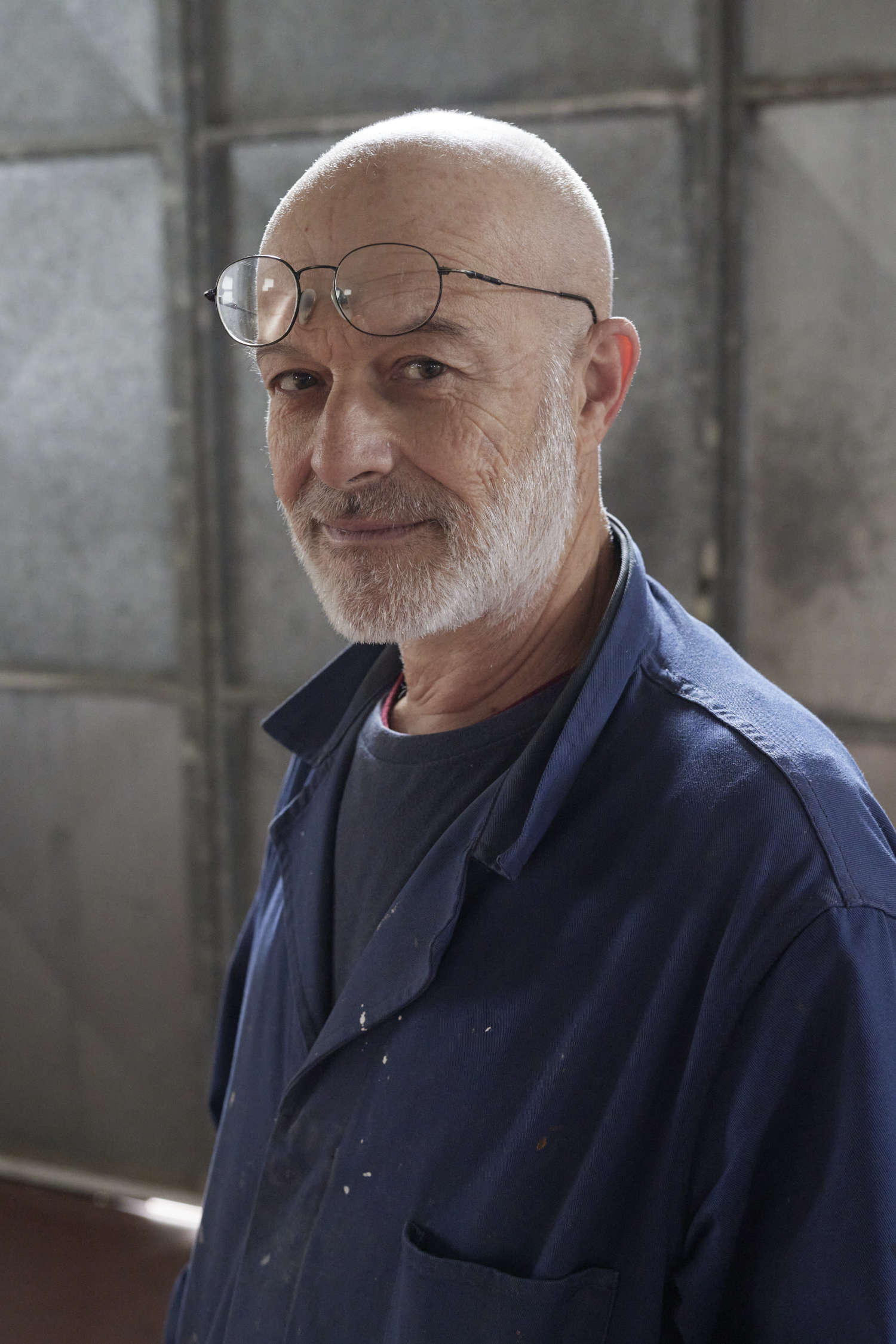

Statements
“The creation of artist Massimo Bartolini for the Italian Pavilion curated by Luca Cerizza,” says Minister of Culture Gennaro Sangiuliano, "also strong in the contributions of different creative expressions from multiple artistic disciplines, will constitute an important moment in the context of the 60th International Art Exhibition of the Fondazione La Biennale di Venezia, bringing into dialogue expressive forms proper to our national identity with manifestations and symbols that are proper to the traditions of numerous cultures, in the search for a common root from which everything is generated. The practice of listening, which will distinguish the installation Due qui / To Hear, will stimulate the public to introspection that predisposes to self-discovery, an inescapable prerequisite for welcoming the other: the right viaticum to a Biennale that will renew for Venice its role as the world capital of contemporary art."
"It is extraordinary the coincidence between Massimo Bartolini’s project, which in the Italian Pavilion at the 60th International Art Exhibition - La Biennale di Venezia puts ’listening’ at the center, and the recent re-presentation of Prometheus. Tragedy of Listening by Luigi Nono staged in January this year in the Church of San Lorenzo in Venice," says Roberto Cicutto, President La Biennale di Venezia. “The ability to listen as a tool for self-knowledge, as well as attention to others, is the common denominator of these two artistic projects symbolically brought together in the Biennale 40 years apart. Another aspect that brings this year’s Italian Pavilion closer to the multiplicity of themes and research of the Biennale is the presence of different disciplines and multidisciplinary encounters within the Public Program curated by Luca Cerizza with the collaboration of Gaia Martino. Many best wishes to all those who have built this important and rich participation of our national pavilion with the contribution of the General Directorate of Contemporary Creativity of the Ministry of Culture.”
“The project curated by Luca Cerizza,” stresses Angelo Piero Cappello, Director General Contemporary Creativity and Commissioner of the Italian Pavilion, “is undoubtedly capable of soliciting the most intimate of our identity belonging through deeply ’national’ elements, from the Italian musical tradition to the baroque garden, albeit through the use of different levels of interpretation, different languages and contaminations, as well as different metaphorical interferences. ’Listening’ is precisely the red thread that is stretched at the Italian Pavilion by Massimo Bartolini and the other artists involved, accompanying the visitor between the Tese delle Vergini and the Garden, in a visual, tactile and sound game that alternates between ’getting lost’ and ’finding oneself’, in space and time. It is a journey that weaves together ancient cultural roots, common to several peoples despite geographical distances, while at the same time leading to the rediscovery of some extraordinary artistic and craft traditions of our country, part of that immense cultural heritage that sets us apart. All this corroborates - if ever there was a need - the consideration that the Biennale does not represent the city of Venice alone, but the whole of Italy: and it is the most important occasion in which to exercise a true cultural diplomacy action characterized by that ’soft power’ with which our country is naturally endowed, the beauty of Italian creativity of yesterday and today.”
Luca Cerizza, curator of the Italian Pavilion, explains, "Playing on the assonance between Two here and To hear suggests the relational nature of sound. We 3 meet to listen to each other and to hear the other: a human being, a natural form, a machine. If we then consider that, for Massimo Bartolini, art is a path of knowledge, ’to listen’ becomes a tool to aspire to be perhaps better. After the extraordinary contribution to Massimo Bartolini’s exhibition Hagoromo (Centro Pecci, Prato, 2022), we wanted to continue the dialogue with one of the great protagonists of research music of the last fifty years as Gavin Bryars and his incredible ability - musical and human - to dialogue with the language of visual art and its eventual limitations. Barbieri and Malone, on the other hand, share a focus on the immersive, meditative, when not downright spiritual properties of sound matter. Their music has a strong consonance with the rediscovery by some young musicians (mostly women) and their audiences of the power of certain sonorities, which combine references to musical traditions and spiritual realms of non-Western provenance, with references to the tradition of Western sacred and minimalist music."
 |
| An exhibition on listening. What the Italian Pavilion at the 2024 Biennale will look like. |
Warning: the translation into English of the original Italian article was created using automatic tools. We undertake to review all articles, but we do not guarantee the total absence of inaccuracies in the translation due to the program. You can find the original by clicking on the ITA button. If you find any mistake,please contact us.




























